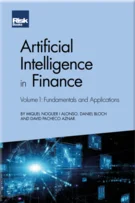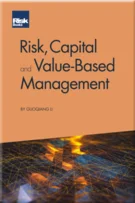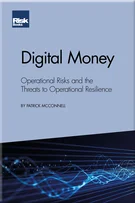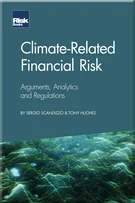Conclusions: Using finance to drive climate solutions
Acknowledgements
Foreword
Preface
Introduction
Regulator motivation and aims
Scenarios
Two underappreciated climate risk topics: Exposure at default and asset valuation
Assessing the available evidence related to consumer credit risk
The modelling of climate-related financial risk
Credit risk – Probabilities of default models
Climate-related loss given default
Market risk
Liquidity risk
Operational risk
The (limited) power of disclosures
Financial regulators’ climate mandate should be formalised
Where to for climate risk regulation?
Conclusions: Using finance to drive climate solutions
References
In this book, we discussed the current debate on climate-related financial risk while also trying to give an idea of the modelling solutions available and of alternative ways to look at regulatory policies.
Current climate stress tests for banking operations typically mirror traditional stress tests in that they assume that banks hold static portfolios. Such an approach may be reasonable for short-term scenarios such as recessions, but it fails when applied to longer horizons typical of climate change analysis. As climate risks unfold over decades, banks and companies are not static; they will adapt, relocate or change strategies, thereby altering their exposure to risk. A dynamic portfolio model in climate stress testing would better account for such adaptive behaviours, leading to more accurate assessments of long-term risk and the potential for companies and banks to mitigate losses by exercising options such as relocation. In doing so, much of the physical risk assumed under static models might be avoided, that makes the current stress test results potentially overly pessimistic.
We noted moreover that historically, climate-related disruptions, such as natural disasters, have had
Copyright Infopro Digital Limited. All rights reserved.
As outlined in our terms and conditions, https://www.infopro-digital.com/terms-and-conditions/subscriptions/ (point 2.4), printing is limited to a single copy.
If you would like to purchase additional rights please email info@risk.net
Copyright Infopro Digital Limited. All rights reserved.
You may share this content using our article tools. As outlined in our terms and conditions, https://www.infopro-digital.com/terms-and-conditions/subscriptions/ (clause 2.4), an Authorised User may only make one copy of the materials for their own personal use. You must also comply with the restrictions in clause 2.5.
If you would like to purchase additional rights please email info@risk.net










